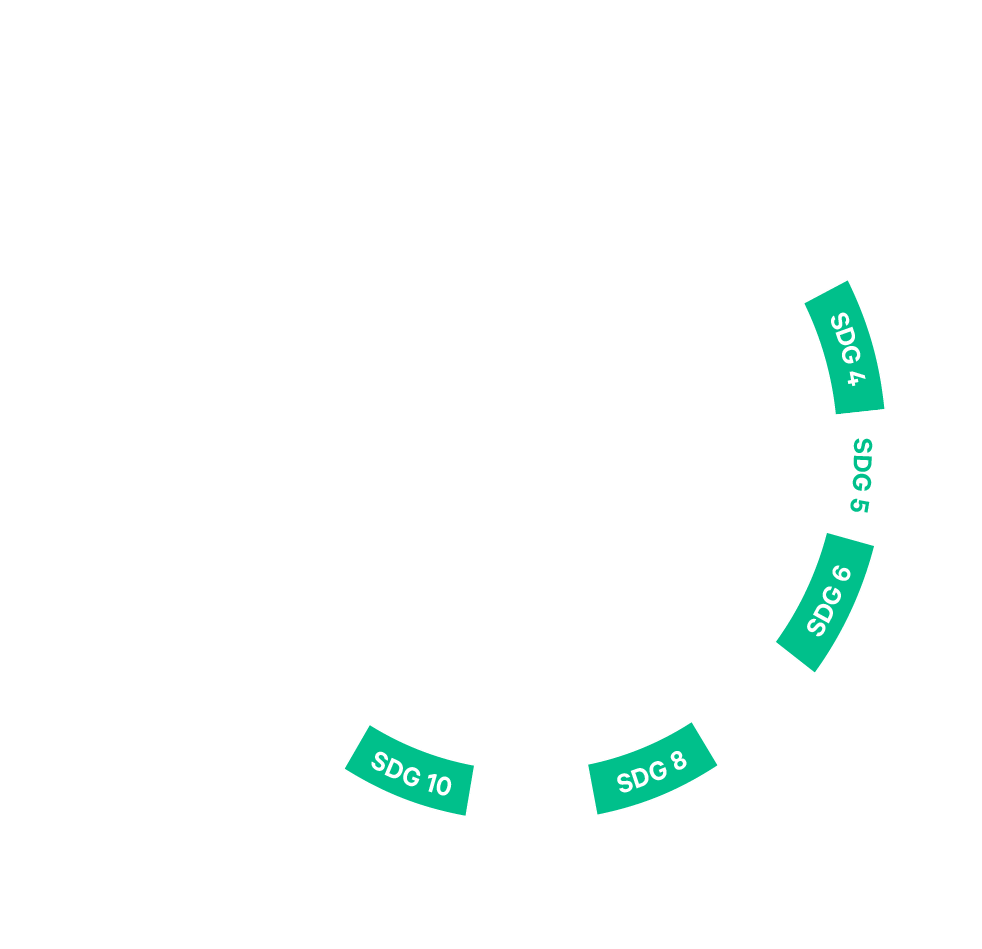This impact story is from our 2019 annual report.
Different segments of society can have very different experiences of WASH services. Biology, social power structures and cultural norms all play a significant role. For example, a two-mile walk to the nearest water source is a far bigger problem if you’re expected to fetch water, cook, clean, look after children, and tend the family farm than if you spend your days out of the house as a waged labourer. And a shared toilet with no lock on the door may be a far riskier place for women and girls than for men.
Despite this – and an explicit call to pay “special attention to the needs of women and girls and those in vulnerable situations” in SDG target 6.2 on sanitation and hygiene access – the official SDG progress indicators for WASH services do not capture gender differences. Experience shows that as long as the drive for universal WASH access remains gender-blind, WASH services are unlikely to become more gender equitable.
Photo: Sarah Dickin / SEI.
The Empowerment in WASH Index is a new way of capturing differences in agency, participation and empowerment in relation to WASH services. Development of the Index is led by researchers at SEI in collaboration with Queen’s University, Canada.
The Index combines a range of indicators of empowerment at three levels: individual, household and community. Data is gathered using a practical, survey-based tool targeting both men and women.
The Index is being tested in Banfora, Burkina Faso, and Asutifi North, Ghana to support local authorities in implementing master plans for universal access to safe and sustainable WASH services by 2030. Both processes had so far lacked a gender angle.
There is already a clear potential role for the Empowerment in WASH Index in terms of complementing metrics like the official SDG indicators for WASH to check how far “women and girls and those in vulnerable situations” are able to ensure their needs are met.
But it can also have far more direct impact. SEI and Queen’s partnered with the WASH development organization IRC to pilot-test the Index and its survey tool in Banfora, Burkina Faso, and Asutifi North, Ghana. In both districts IRC is working with local authorities to develop and implement master plans for providing universal access to safe and sustainable WASH services by 2030. Both processes had so far lacked a gender angle.
The Index not only revealed sharp differences in the overall levels of empowerment between men and women, but also the unique patterns of difference at individual, household and community levels. A series of workshops to disseminate the results gave stakeholders the chance to discuss priorities for addressing the specific imbalances during implementation of the master plans.
As for the future, a new iteration of the survey tool has been tailored for use in Bolivia, as part of the Bolivia WATCH project, which aims to integrate WASH with watershed management. The Index will also be used to assess the impact of a project in Burkina Faso to pilot SEI’s Clean and Green approach – a certification scheme that recognizes villages’ progress in sanitation, hygiene and safe organic resource management as part of a large WaterAid-led sanitation intervention financed by Sida.
The word is spreading about the Empowerment in WASH Index, thanks to outreach efforts like a presentation at World Water Week 2019 and a dedicated website managed by SEI (www.empowerwash.org). And organizations including USAID, the Gap Foundation, the Global Water Partnership, WaterAid, Simavi and Oxfam interested in applying the Index in their projects.
SEI’s work explores the gender dimensions of vulnerability, and opportunities for women to play a greater role in shaping sustainable development.

The Empowerment in WASH Index links SDG 5 and SDG 6: Clean water and sanitation, by making it possible, for the first time, to identify
specific limitations in women’s power to ensure their WASH needs are met. It fills a critical information gap in delivery of equitable access to WASH services in line with targets 6.1 and 6.2. By supporting women’s empowerment, the Index also contributes to SDG 8: Decent work and economic growth, SDG 4: Inclusive and equitable education and SDG 10: Reduced inequalities.
This is an impact story – a highlight of our work from 2019. This story and a selection of others can be found in our annual report.
SEI annual report / Read the annual round up of SEI's research, engagement and operations in 2019 – how we work in partnership for change.
Design and development by Soapbox.


